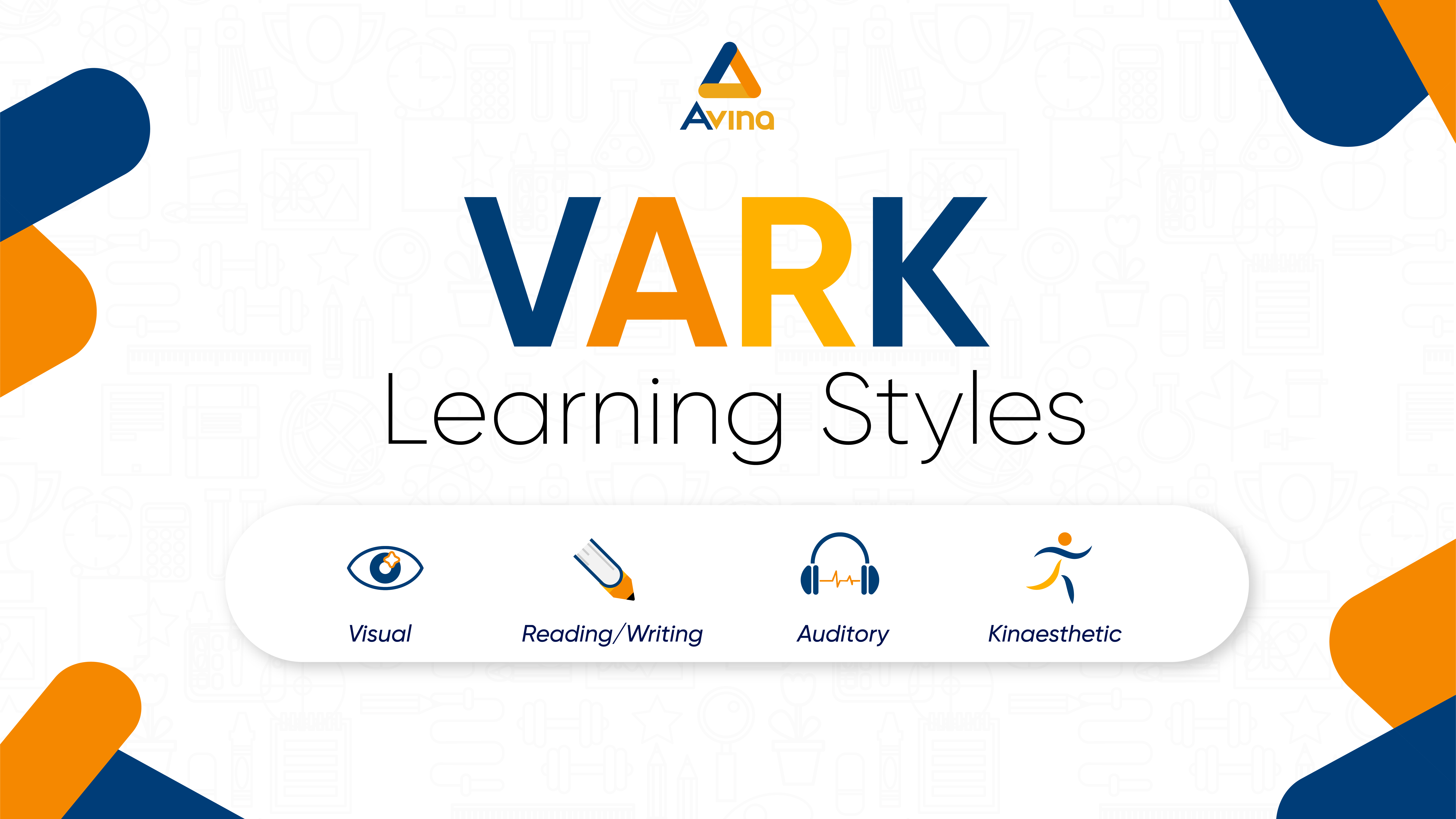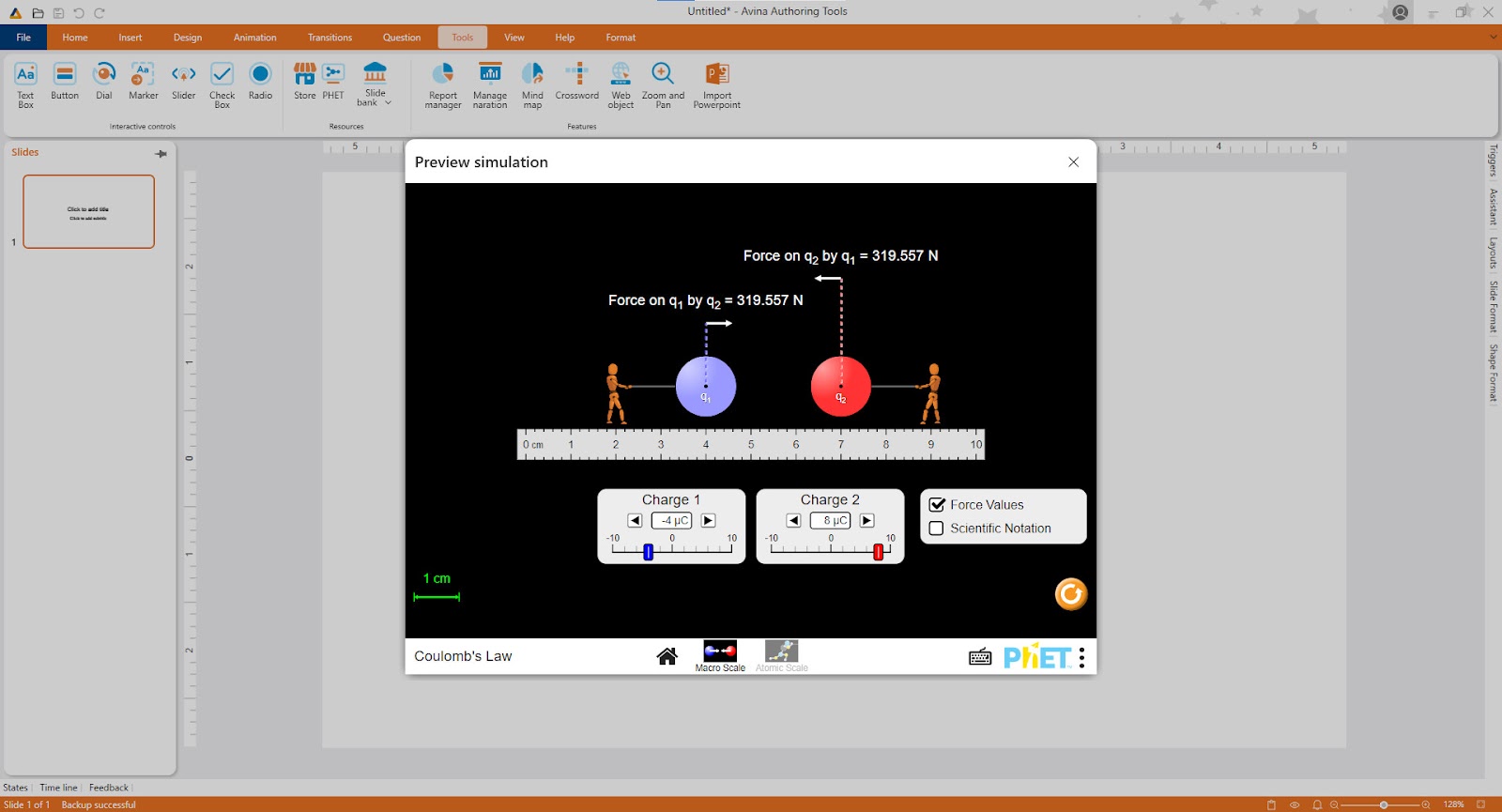In the realm of education and personal development, learning styles have been a popular topic for decades, offering a lens to understand how students absorb and process information. The most common framework for learning styles is the VARK model, which primarily categorizes learners into four main types: Visual learners, Auditory learners, Reading/Writing learners, Kinesthetic learners (Tactile learners). However, the validity of the concept of learning styles has been a controversial topic among educators. Many researchers have dug into the topic but have not found strong proof that learning styles truly work, some even argue that the whole concept is a misconception.

This article unpacks the science of how we learn, debunks the myth of learning styles and introduces AVINA Authoring Tool - an optimal framework empowering educators to create engaging experiences that cater to diverse learning needs, going beyond styles.
The popularity of learning styles can be traced back to the 1970s. However, extensive research has failed to provide strong scientific evidence for the existence of distinct learning styles. Categorizing students as "visual" or "auditory" learners can be limiting. It carries several potential drawbacks:
In essence, relying solely on learning styles can hinder a well-rounded education and limit students' potential.
So, how do we truly learn? Neuroscience tells us that the human brain learns best through active engagement and the integration of multiple modalities. Information presented visually, aurally and kinesthetically strengthens neural connections, leading to deeper understanding and retention.
This is where the AVINA Authoring Tool steps in. AVINA empowers educators to create dynamic learning experiences that cater to diverse needs and go beyond rigid learning styles.
AVINA goes beyond offering a library of ready-made templates and themes. It empowers educators to create truly personalized learning experiences.

Debunking the myth of learning styles allows us to focus on effective teaching practices that cater to individuals' needs, not rigid categories. By harnessing the power of active learning and diverse content delivery through tools like AVINA, educators can create truly engaging learning experiences that unlock students' potential and boost learning outcomes.